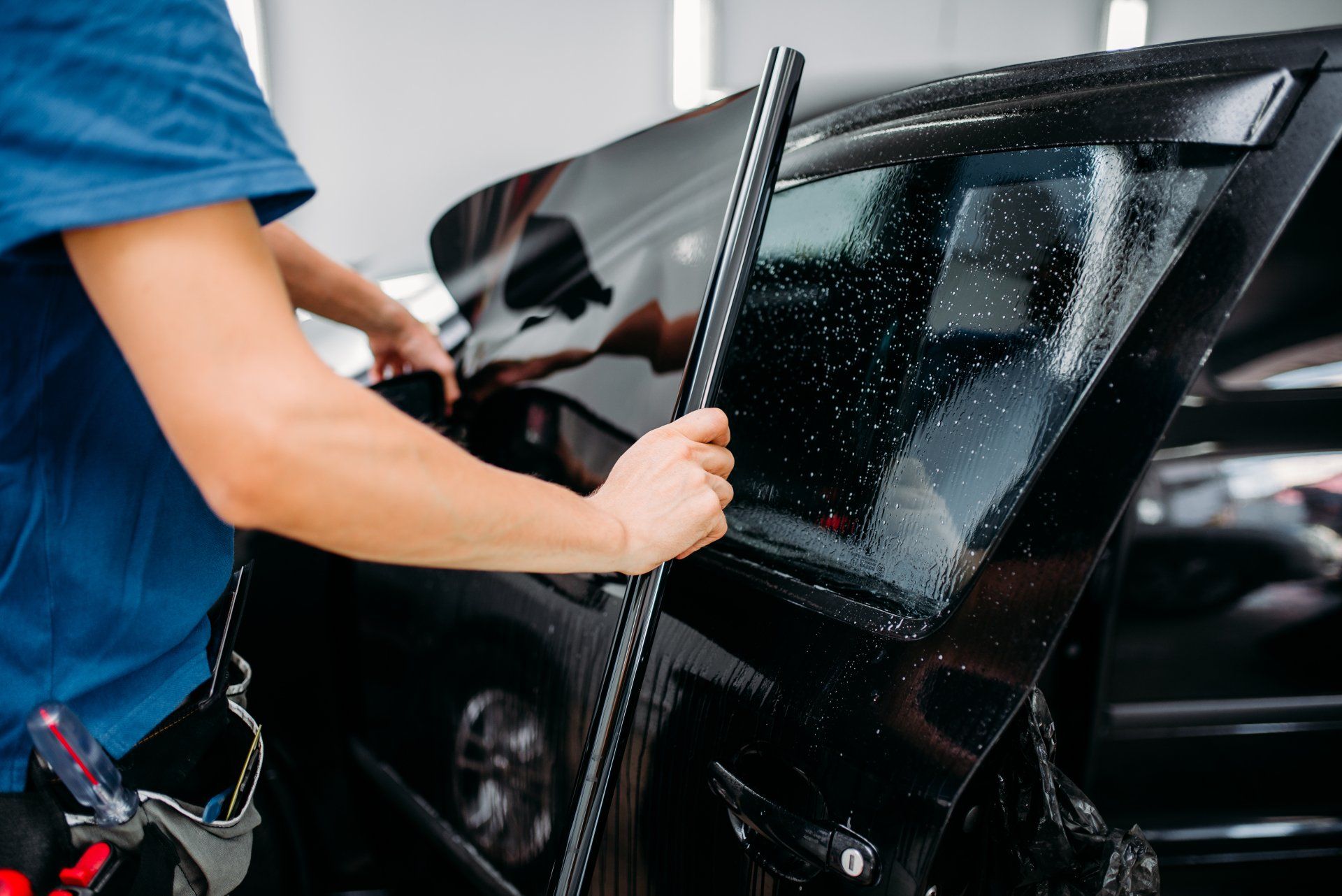Your Comprehensive Overview to Do It Yourself Home Window Tinting: Advice
Taking on a Do it yourself window tinting project offers a chance to enhance both the capability and appearances of your area. Before getting started on this undertaking, it is important to navigate the intricacies of regional tinting regulations and pick a suitable movie that straightens with your objectives.
Understanding Home Window Tinting Rules
Browsing the complex landscape of home window tinting legislations is vital for any type of DIY fanatic seeking to improve their lorry's visual appeals and comfort. Each state in the U.S. has details laws relating to the permitted levels of tint on different windows, which can significantly impact your decision-making procedure.
Commonly, these regulations determine the optimum allowed Noticeable Light Transmission (VLT) portion, which describes the amount of light that can go through the tinted windows. For example, some states allow only a specific percentage of tint on the front windshield, while permitting darker shades on back windows. Conformity with these laws is essential, as failure to adhere can lead to penalties or the demand to remove the tint altogether.
Additionally, there are usually differences between guest vehicles and industrial automobiles, with different regulations using to each classification. It's suggested to consult your local Department of Motor Autos or equal authority to gather accurate information customized to your place. Comprehending these laws not just makes sure legal conformity yet likewise enhances safety and security by preserving visibility and preventing possible threats while driving.
Picking the Right Color Movie
Selecting the appropriate color film is a vital step in the DIY window tinting procedure, as it directly influences both the appearance and capability of your vehicle's windows. Several aspects ought to lead your option, consisting of the kind of movie, its lawful compliance, and your preferred outcomes.
First, consider the various types of color movies offered: colored, metalized, ceramic, and hybrid. Colored movies provide a fundamental degree of privacy and warmth reduction yet may discolor over time. Metalized movies offer improved warmth being rejected and toughness yet can interfere with digital signals. Ceramic movies, while more pricey, give exceptional warmth resistance and UV protection without signal interruption.
Next, make sure that the movie complies with local guidelines worrying noticeable light transmission (VLT) percents. Conformity with these laws is important to stay clear of penalties and ensure safety.
Vital Devices for Do It Yourself Tinting
Having actually picked the appropriate color movie for your home windows, the following action entails gathering the required devices to ensure an effective installation. The main tools you will need include an utility blade or a razor blade, which is necessary for reducing the color movie to the preferred size. A squeegee is also important, as it aids get rid of air bubbles and smooth out the film throughout application.

Furthermore, take into consideration making use of a warmth gun or hairdryer, as this can assist mold and mildew the color movie to the shapes of the window and assist in adherence. Lastly, gloves are recommended to avoid finger prints on the movie during installation. By collecting these important devices, you will certainly be well-prepared i was reading this to tackle your DIY window tinting task properly.
Step-by-Step Application Process
Begin by completely cleaning up the window surface to guarantee optimum bond of the color film. Once the home window is tidy, gauge the color movie versus the window, allowing for a slight overlap on all sides.
Next, prepare a solution of water and a couple of drops of infant shampoo in a spray container. Gently spray the home window surface area and the glue side of the film. This option will permit for rearranging throughout application. Carefully line up the movie with the top of the window, ensuring it is directly. Press the movie versus the glass, beginning with the center and working outward to remove air bubbles. Use a squeegee to smooth the film, using firm, even stress.
Trim any type of excess movie from the sides with your utility blade. Allow the color to treat for at least 24 hours without rolling down the home windows. This action is critical for ensuring a lasting application. Adhere to these actions carefully for optimum lead to your DIY window tinting job.
Upkeep and Treatment Tips

It's a good idea to wait at the very least a week after setup before cleaning your windows to allow the glue to fully heal. Throughout this preliminary duration, avoid rolling down the home windows to avoid any kind of damages to the tint.
Regular upkeep entails inspecting the sides of the color for any signs of gurgling or lifting. If you discover any concerns, it's ideal to address them quickly to avoid more degeneration. Furthermore, be careful with the use of home window treatments, such as shades or drapes, as they can produce see heat that could jeopardize the tint with time.
Final Thought
In conclusion, undertaking a do it yourself window tinting task requires careful factor to consider of local laws, choice of appropriate color films, and the application of necessary tools. An organized more helpful hints application process makes certain ideal results, while normal maintenance adds to the longevity of the color - Moro Auto Spa Window Tinting. By sticking to these standards, individuals can accomplish both aesthetic enhancement and raised privacy in their rooms, making DIY home window tinting a beneficial endeavor